Hommage à la France
Works from the Marli Hoppe-Ritter Collection
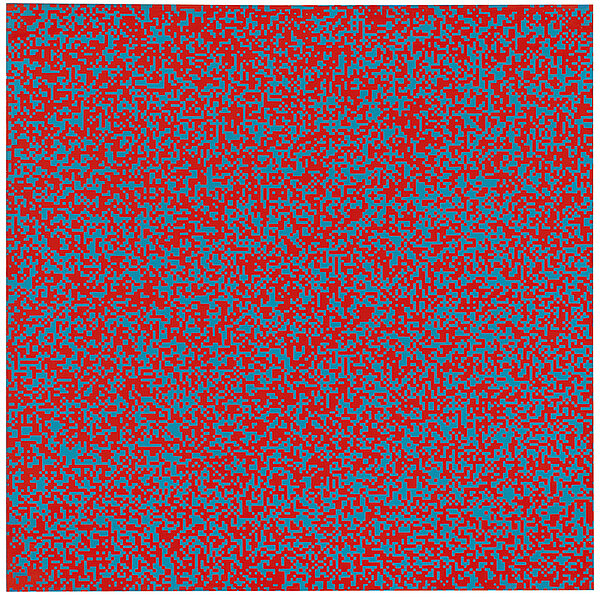
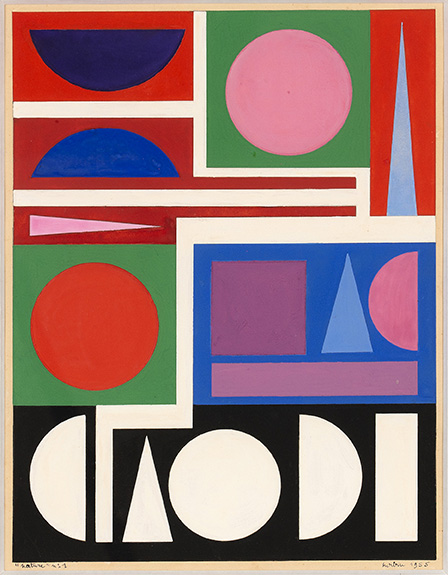
It is not surprising that the manifesto of concrete art was published in of all places Paris in 1930. At that time the city was the capital not only of France but also of international abstraction. "Concrete painting, not abstract, because nothing is more concrete, nothing more real than a line, a colour, a surface", was how Theo van Doesburg defined the still fledgling art movement in the magazine Art concret. Even after 1945, the metropolis of Paris continued to emanate a radiance that drew any number of artists from home and abroad to the Seine. Here it was possible to build on the ideas of the pre-war period, while at the same time a new generation grew up that rejected intuition and personal expression in art and instead pursued an objective, scientific line.
The exhibition Hommage à la France is dedicated to the various approaches to concrete art in France as reflected in the Marli Hoppe-Ritter Collection. While the main thrust of the show is directed to paintings, they are flanked by picture-objects, lumino-kinetic works and installations. This selection of works, which spans almost an entire century, clearly demonstrates through many examples the lively exchange of ideas within the artists' community. The greater part of the exhibits were created in the three decades after 1945, which in many ways reflects the enormous cultural upswing during that era.
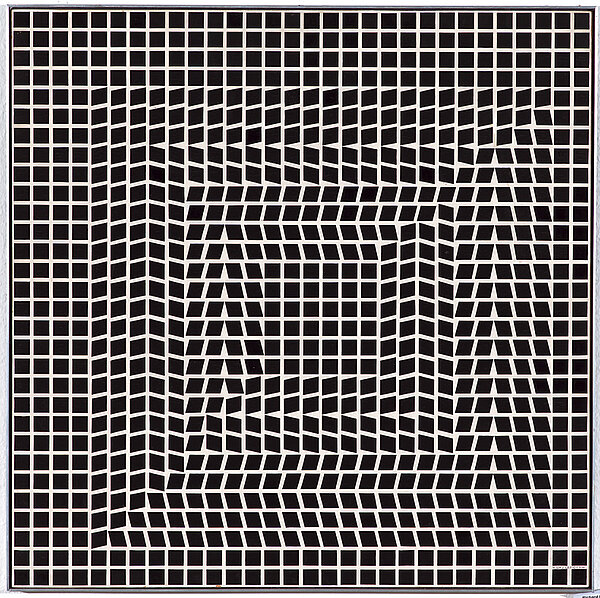
In addition to a large number of brightly coloured paintings from Auguste Herbin to Leo Breuer, the exhibition presents a variety of pictorial objects whose colours, forms and structures are transformed in a dialogue with the viewer's movements. At the same time, in Victor Vasarely’s works one can experience how the father of Op Art used simple elements to set the picture surface in apparent vibration. The works of the Groupe de Recherche d'Art Visuel (GRAV) are also characterised by systematic thinking married with the spirit of research. François Morellet, for instance, used a random generator to create a picture with a shimmering effect. Finally, another section of the exhibition illustrates how the radical reduction of colour and form à la De Stijl and Bauhaus still inspires new avenues of design today.
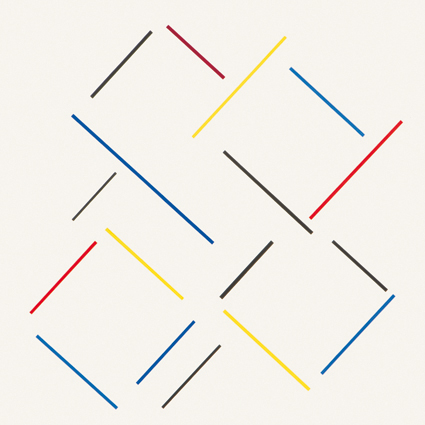
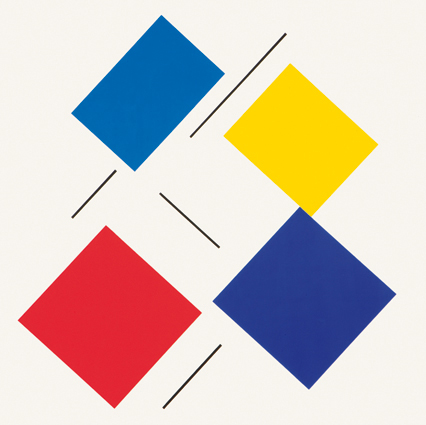
With works by among others:
Yaacov Agam, Martha Boto, Leo Breuer, Daniel Buren, Geneviève Claisse, Sonia Delaunay, Hugo Demarco, Horacio García Rossi, Jean Gorin, René Guiffrey, Auguste Herbin, Gottfried Honegger, Jean Leppien, Vera Molnar, François Morellet, Aurélie Nemours, Yves Popet, Francisco Sobrino, Jesús Rafael Soto, Gregorio Vardanega, Victor Vasarely

